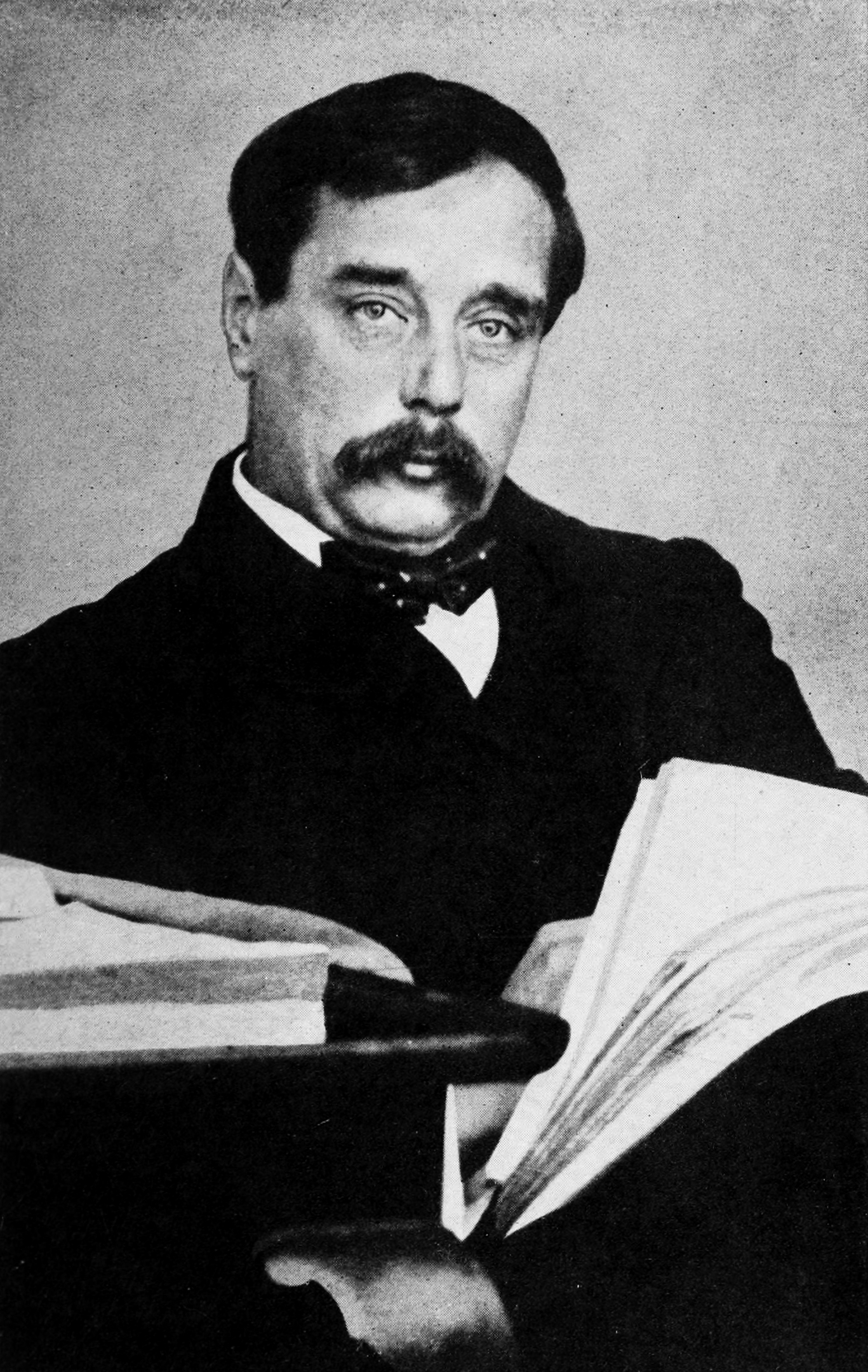“Filmer” is a short story by the English author H. G. Wells (1866–1946), first published in The GraphicBritish weekly illustrated newspaper published from 1869 to 1932. in 1901 and subsequently in Twelve Stories and a DreamCollection of 13 short stories by H. G. Wells, first published in 1903. (1903). Told as a third-person narrative, it is a fictional account of the suicide of the inventor of the first successful flying machine, Filmer, just before his aircraft’s maiden flight.[1]
Synopsis
The story begins with a brief vignette of Filmer’s life from the time he applied for admission as a paid student in physics to the government laboratories at South Kensington, when he describes himself as the son of a “military bootmaker”, emphasising his poverty and lack of social advantages to bolster his chances of acceptance. For the next seven years little is known of him, except that he achieved a double first class B.Sc. in mathematics and chemistry; the narrator speculates that during that period he supported himself by teaching.
Filmer went on to become a manager in “a great plastic-substance manufactory”, and joined the Aeronautical Society. Two years after delivering a lecture on “rubber and rubber substitutes” to the Society of Arts he began hastily taking out a number of patents he claimed would make a flying machine possible.
The narrator breaks off his story to observe that before Filmer’s time developments in aeronautics had taken two divergent lines: lighter-than-air balloons, comparatively safe but impossible to steer; and heavier-than-air machines “that flew only in theory”, kept in the air by heavy engines and usually crashing whenever they tried to land. What it transpires that Filmer has succeeded in doing is to design a machine that can be either lighter or heavier-than-air at the choice of the pilot, inspired by the contractile bladders of fish and birds. Based on an arrangement of balloons that can be contracted by a small motor; when the balloons are expanded the machine will rise like a conventional balloon, but once at a suitable height the balloons can be contracted and the machine will descend, guided by adjustable weights to travel in any direction. But for his invention to work, he has had to develop a new substance for the elastic lining of the balloons, which he found to be his greatest challenge.
For the next five years Filmer fails to interest anyone in his flying machine, but eventually the elastic membrane he has developed is found to be useful for the valves of a new oil-engine, giving him the funds at last to develop a trial model of his invention. He gives up his job at the factory and devotes his energies to producing a radio-controlled[a]Wells calls them “Marconi rays”. model, a demonstration of which in 1907 proved to be spectacularly successful, propelling Filmer to national fame.
The proprietor of the New Paper, Banghurst, “one of the ablest and most unscrupulous men in London journalism”, decides to fund Filmer’s development of a full-sized flying machine. Things initially go well, until one unmanned flight ends up with the machine crashing in the Fulham Road in London. But at last the day dawns when Banghurst has promised the world that it will witness the first manned flight of a heavier-than-air machine. Unfortunately it had never occurred to Filmer that he would be expected to fly the machine himself, having been focused solely on its development, and in his heart he knows he is not an aviator.
The flight is to take place in the grounds of Banghurst’s estate. As he is being escorted to his machine Filmer feigns illness, and is taken to a small room in the house to recover. In the room is a rook rifle and a tin of cartridges, and Filmer shoots himself rather than face the terrifying ordeal of going up in his machine.
Determined to prove that although Filmer was a “poor, cowardly body” he was no impostor, his assistant MacAndrew determines to fly the machine the following morning, after the crowd has dispersed.
And to that end, while all the world was reading of the certain failure of the new flying machine, MacAndrew was soaring and curvetting with great amplitude and dignity over the Epsom and Wimbledon divisions; and Banghurst, restored once more to hope and energy, and regardless of public security and the Board of Trade, was pursuing his gyrations and trying to attract his attention, on a motor car and in his pyjamas – he had caught sight of the ascent when pulling up the blind of his bedroom window – equipped, among other things, with a film camera that was subsequently discovered to be jammed.
Commentary
While it is true that compressing a lighter-than-air gas such as hydrogen or helium would reduce its lifting power, the pressure required would be considerable. Standard helium gas cylinders, for instance, contain the gas at a pressure of 1800 lbs per square inch, at which it is 17 times heavier than air.[2] Hence Filmer’s evident pride in developing an elastic membrane able to sustain such pressures.
See also
- H. G. Wells bibliographyList of publications written by H. G. Wells during the more than fifty years of his literary career.
Notes
| a | Wells calls them “Marconi rays”. |
|---|
References
Bibliography
External links
- Full text of “Filmer” at Project Gutenberg

